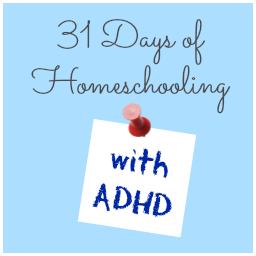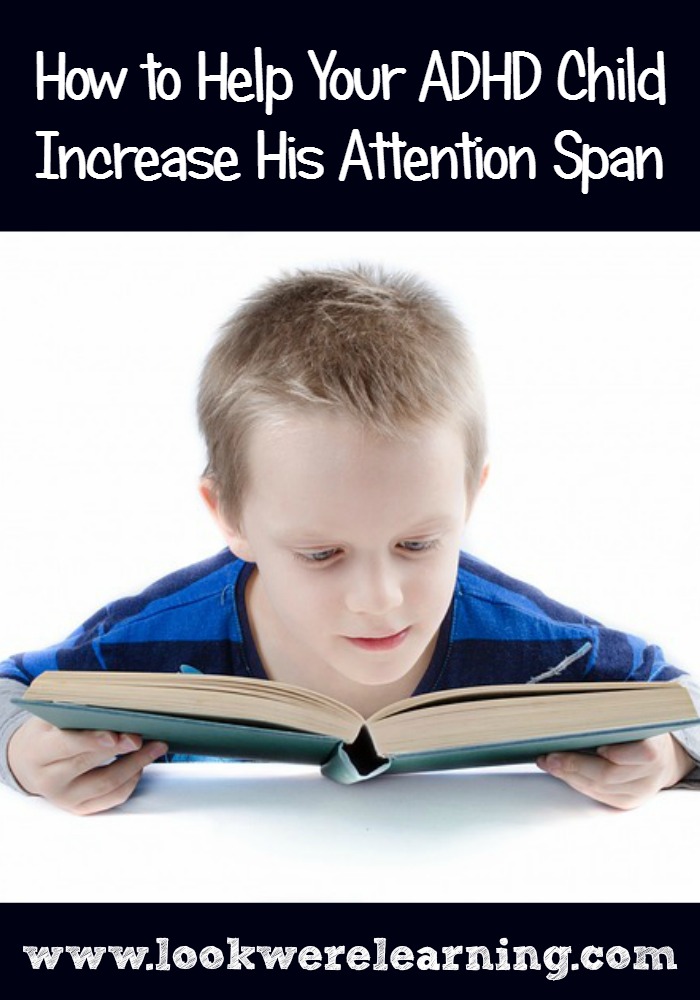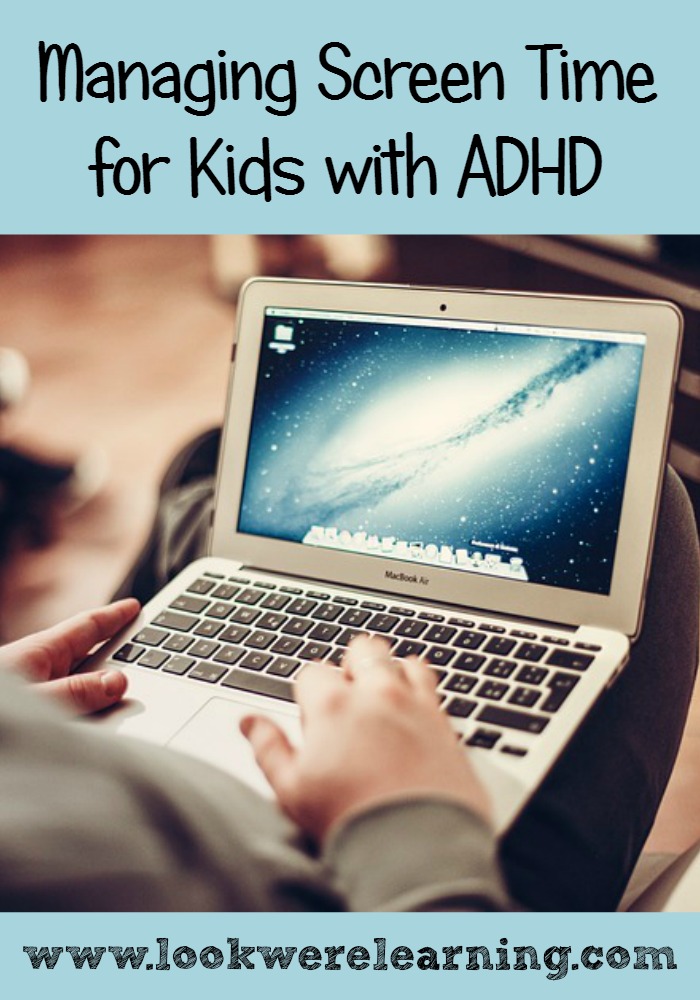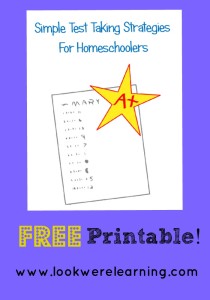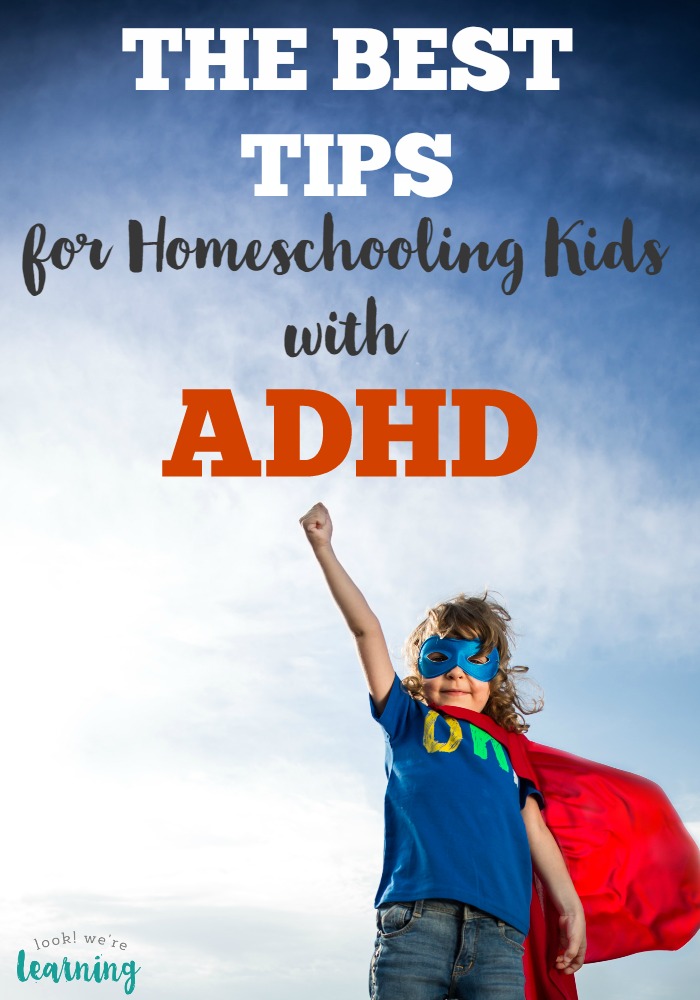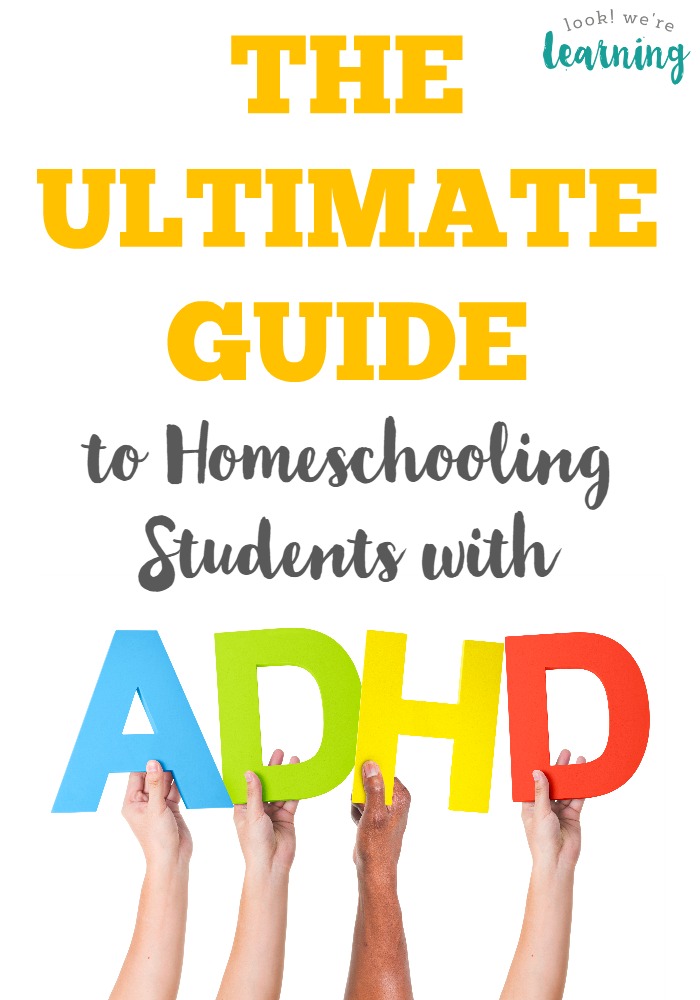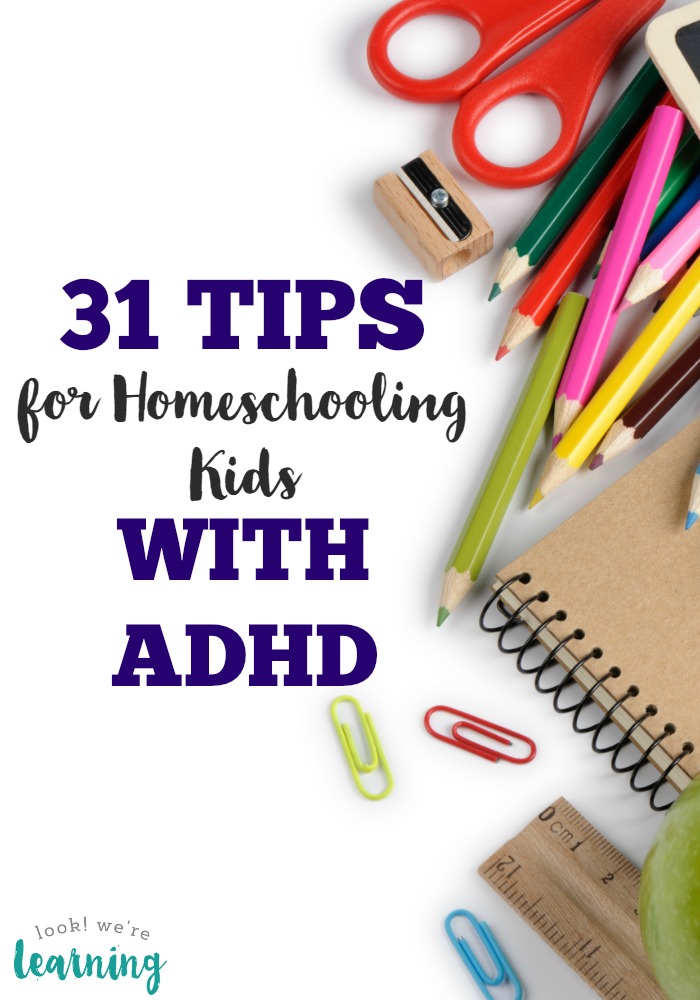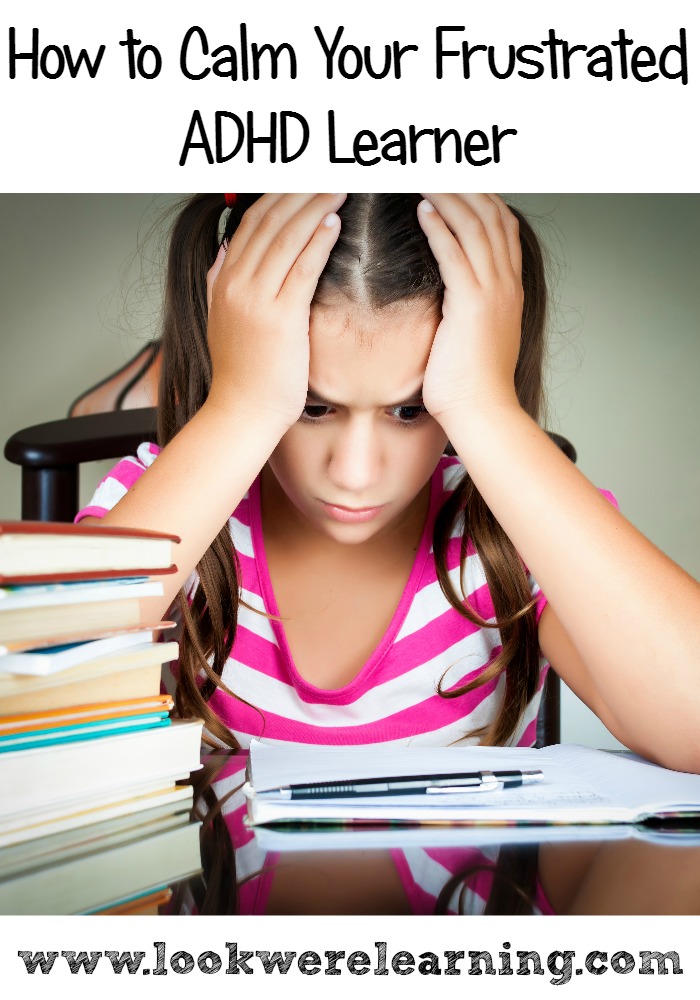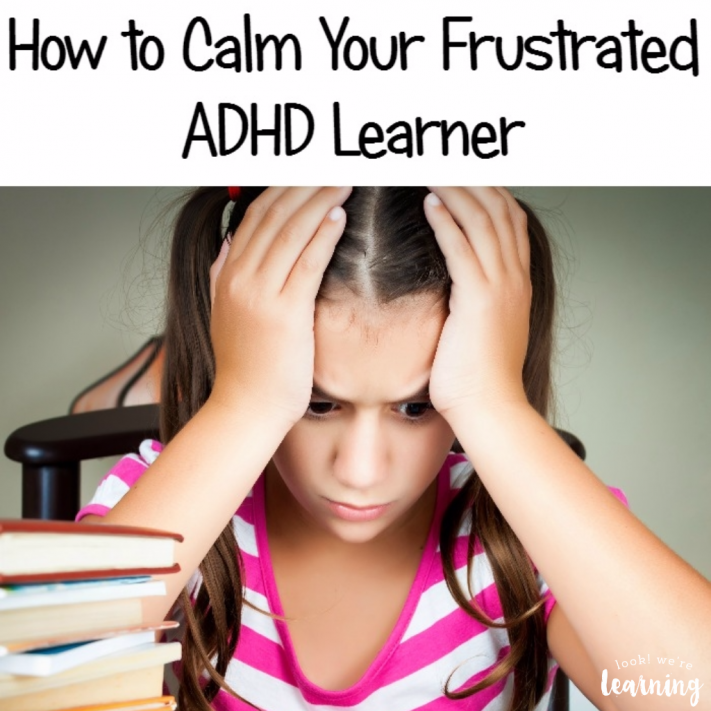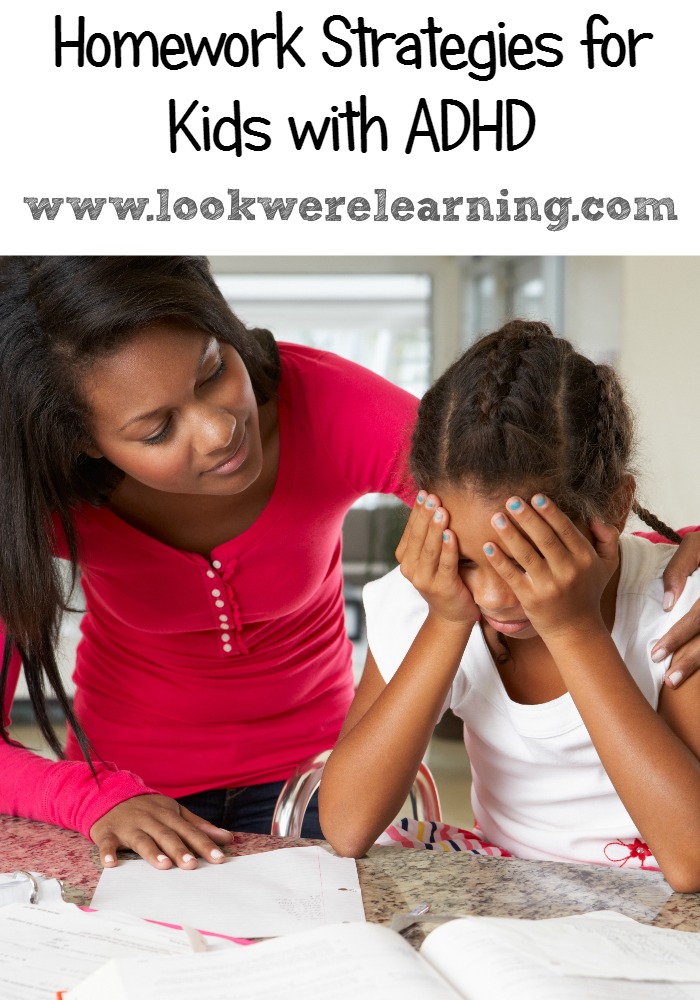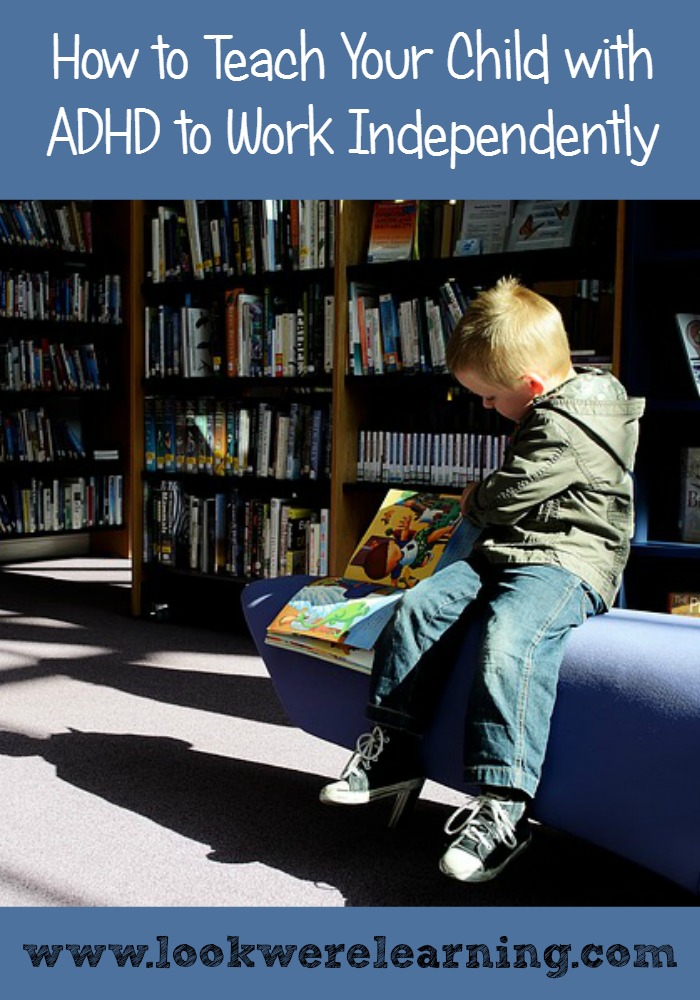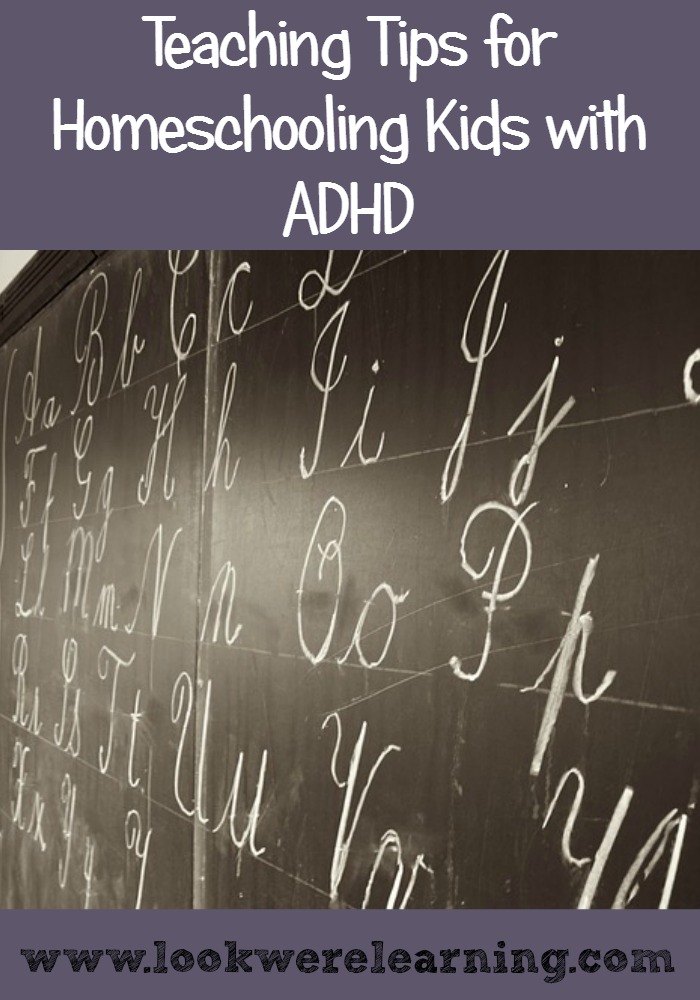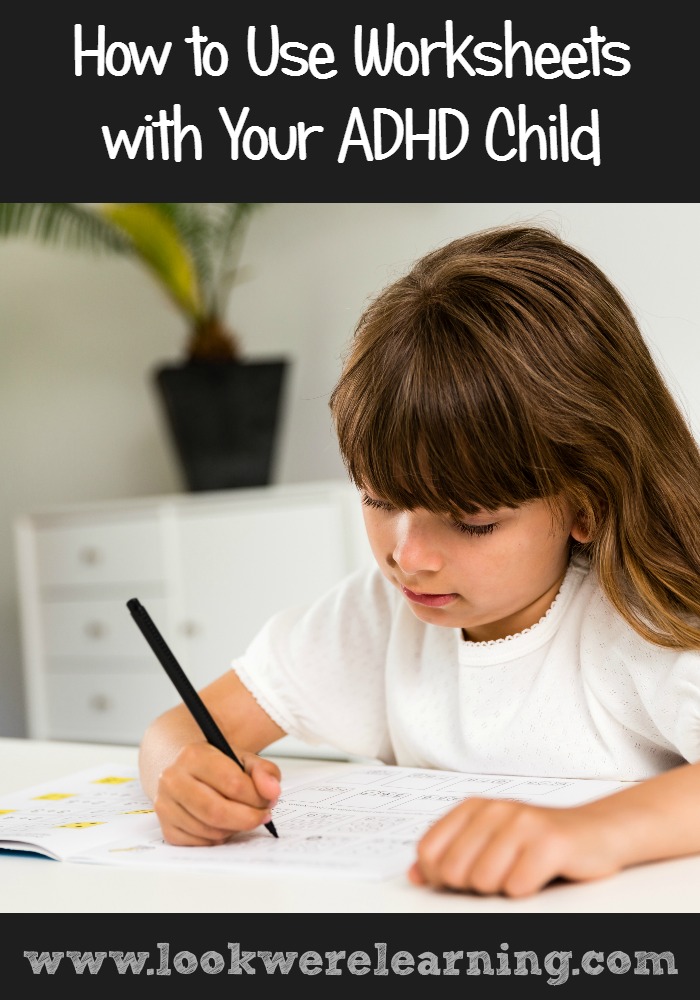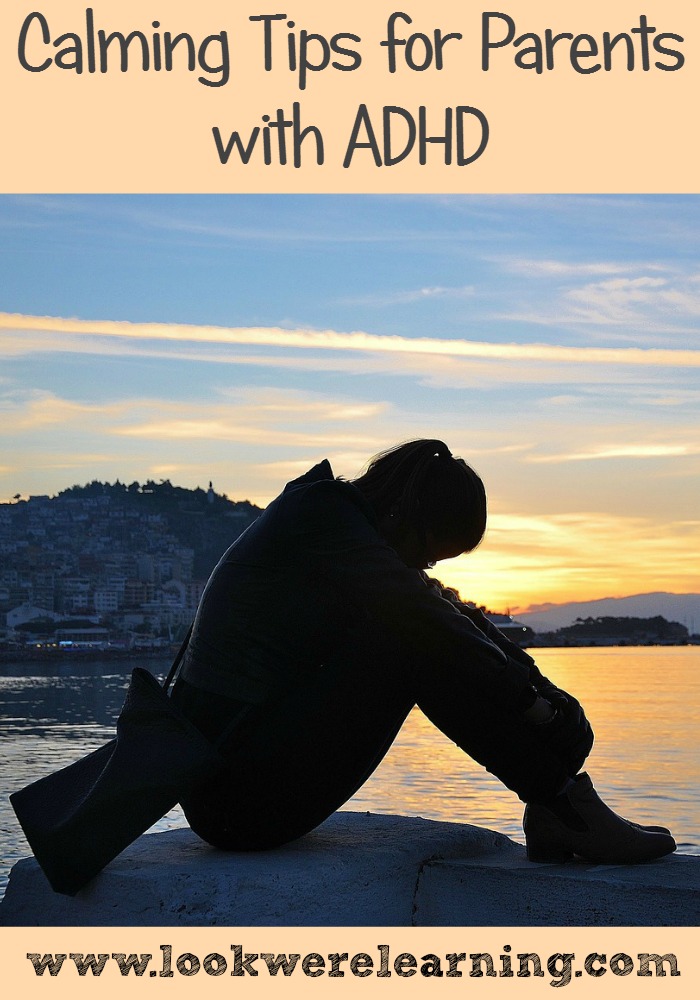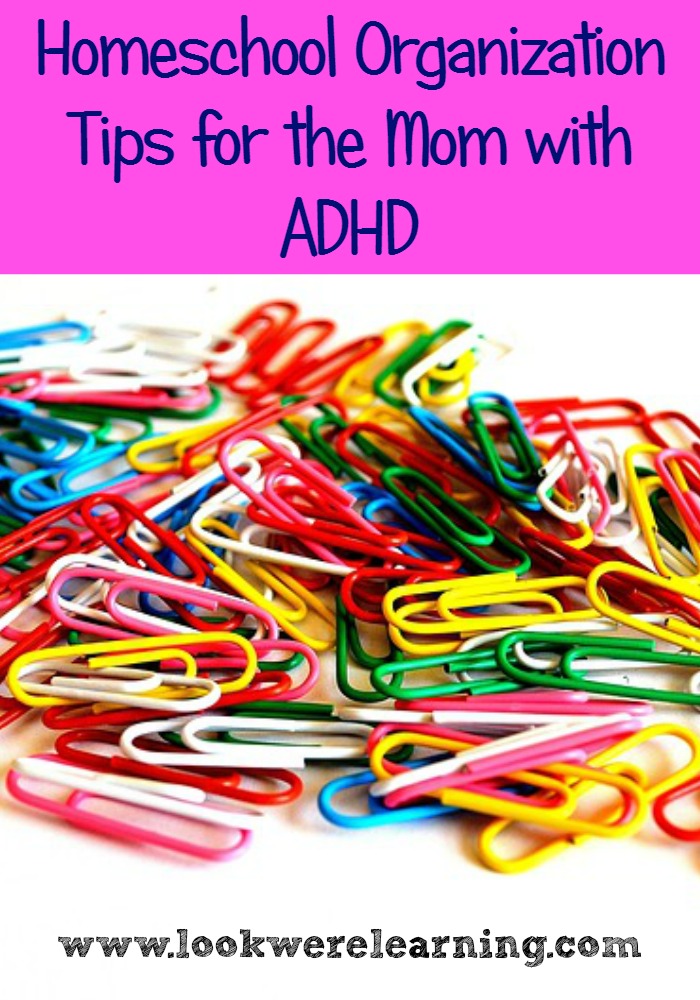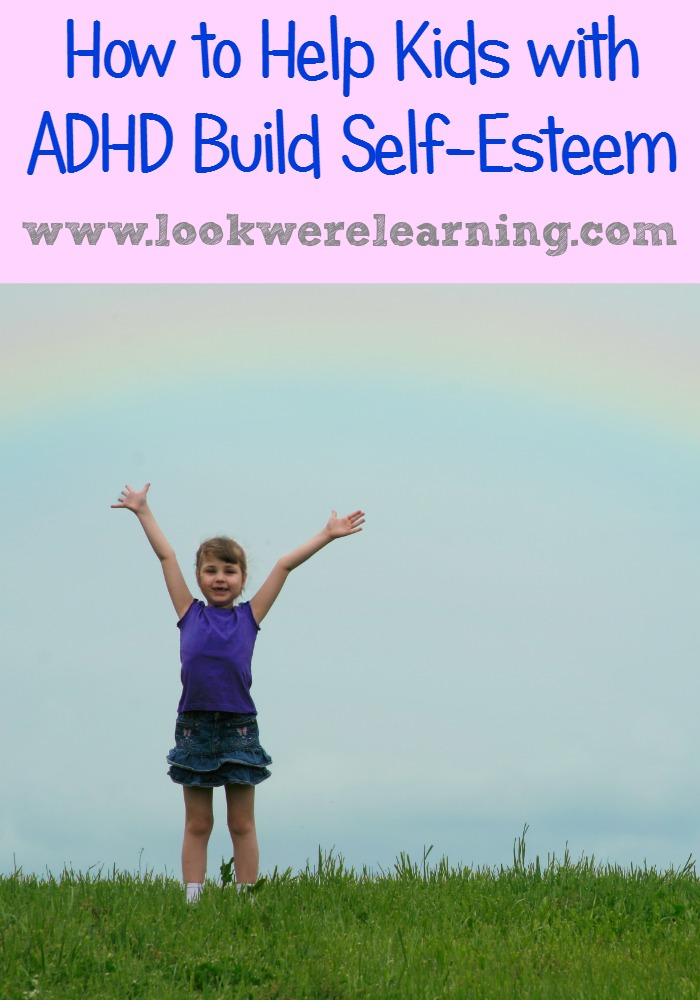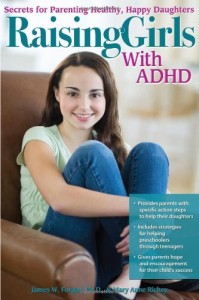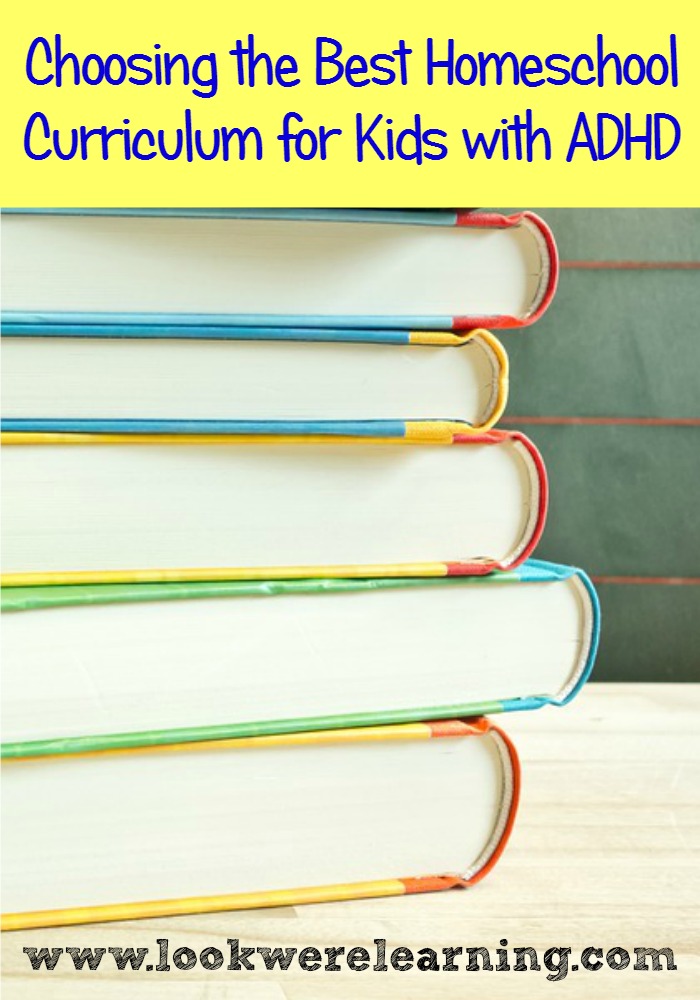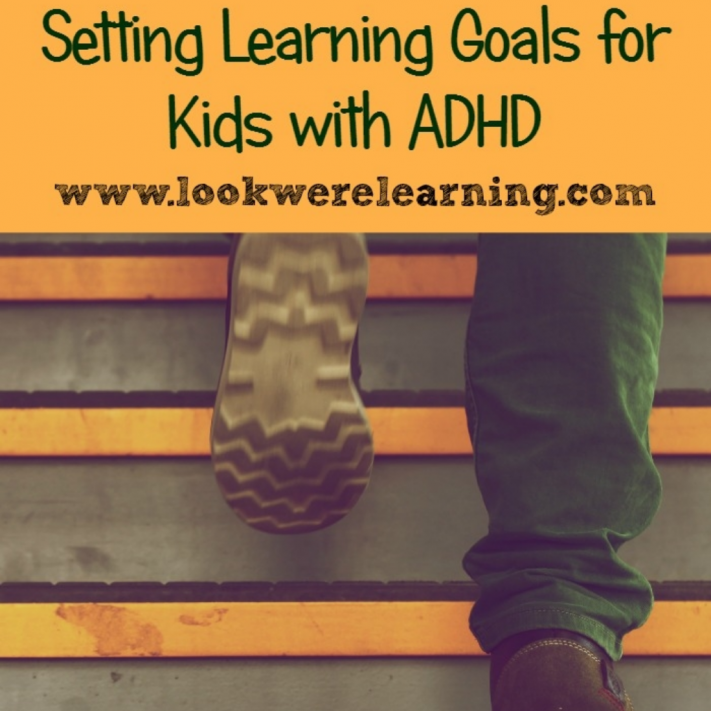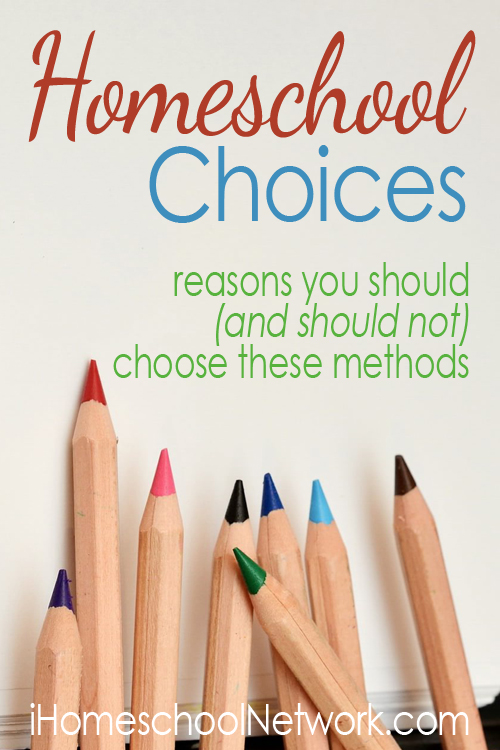In our family, we have kids who have both ADHD and SPD. In truth, the two conditions can have some of the same symptoms: inattentiveness, hyperactivity, etc. But SPD comes with its own unique set of challenges and usually affects one or more senses more than others.
*Note: I am not a medical expert in any way. These are just my observations from my experience with my kids. If you think your child has sensory concerns, please consult a medical professional.*
For example, Tigger and Roo are excessively touchy. They touch every single thing they see (unfortunately). Roo displays vestibular symptoms such as intentionally crashing into the floor and problems crossing the midline. While they both display classic symptoms of ADHD, these particular symptoms were red flags that they had sensory issues as well.
If you’re raising kids who have both ADHD and SPD, you may wonder about how to parent while considering both conditions. Here are a few suggestions that we’ve found to be helpful.
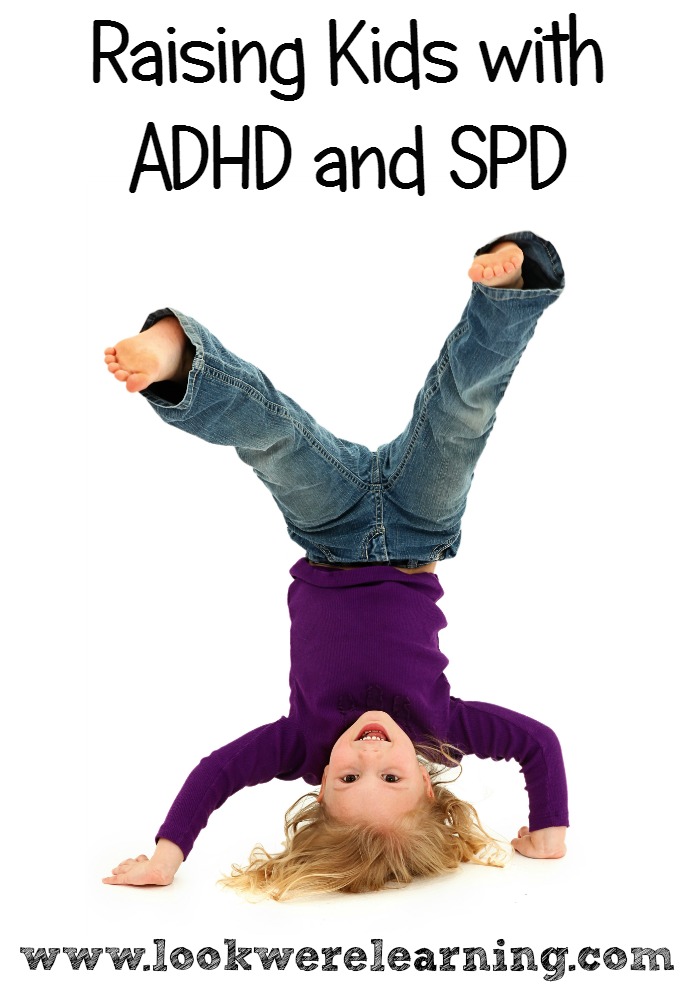
Image: Jaimie Duplass / Dollar Photo Club
Parenting Kids with ADHD and SPD
Don’t obsess over labels.
I think that there is some value in labeling a behavior as ADHD-related or SPD-related, but if we get too focused on defining each individual characteristic, it’s easy to get confused. Honestly, some of the symptoms of SPD can look like ADHD and vice versa.
Here’s why I don’t stress about defining each individual behavior: SPD is not treated with medication. It’s treated with occupational therapy and sensory integration. Since many of the sensory activities suggested by experts are easily done at home, I just use the ones that seem to help my kids calm down. By the way, the book “The Out-of-Sync Child Has Fun” has excellent suggestions for sensory activities that can be done at home.

Accommodate their sensory needs.
Since kids with SPD often can’t describe what they’re feeling, we have to be attentive to their sensory needs. Now that Tigger is older, she can explain when she gets the “jumpy” feeling in her mouth and we let her use her chewable necklace for oral input. But Roo is five and he can’t explain why he sometimes wants to dive onto the floor.
So, when I see that kind of behavior, I adapt to it by offering him heavy work, deep pressure, or vigorous physical activity. We also try to help the kids learn how to express their feelings, so that they can tell us when they need sensory input. Doing that has helped us cut down greatly on the number of tantrums that occur during our homeschool day.
Include sensory integration in your lessons.
We talked about the value of making our homeschooling lessons as multi-sensory as possible yesterday. If your kids are dealing with SPD, involving their senses in your lessons and activities actually boosts their ability to understand the material.
There are plenty of ways to include sensory play in your daily routine. For loads of sensory play ideas, check out our Sensory Play board on Pinterest!
Do any of your kids have both ADHD and SPD? How do you accommodate both conditions in your family? Let us know in the comments!
This post is part of the 31 Days of ADHD Homeschooling series! Stop by tomorrow for Day 29: Handwriting for Kids with ADHD!

